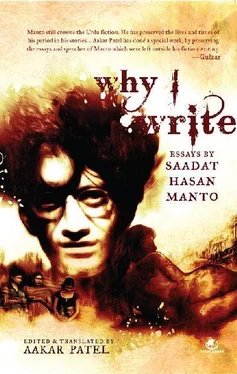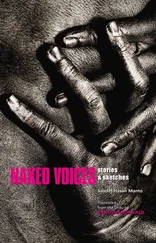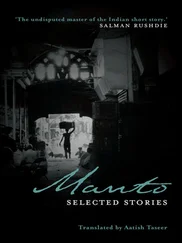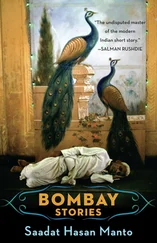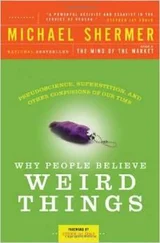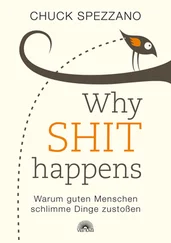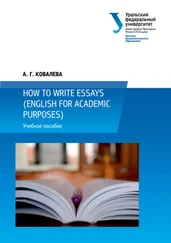The damned story, lying unnoticed in my pocket, doesn’t come to mind. When the pressure begins to mount I retire to the toilet and sit on the pot, but nothing comes out there either.
It’s said that every big man thinks in the loo. I can say with some evidence that I’m not a big man, for I’ve never had a productive thought there.
It’s quite amazing that I’m considered one of Pakistan’s and India’s big writers. I can only say that it’s possible that I’ve tricked them into believing this shit.
Forgive me. Now I’m speaking the language of the toilet.
Truth be told, I promise you I’ve no clue how is it that I write.
When I’m at a loss for ideas, my wife, who manages our finances, says sternly: ‘Please stop thinking and begin writing.’
And so I pick up the pen and start scratching out a few lines. My mind is still empty — but by now, my pocket is full.
And of its own, as if by magic, a ripe story pops out.
In that sense, I don’t consider myself a writer so much as a pickpocket. One who picks his own pocket and hands over its contents to you.
Have you ever seen such a fool as me?
— (Originally published as Main Afsana
Kyon Kar Likhta Hoon )
Manto lived the early Bombay dream. He spent a little time in the film industry and found some success as a writer and a cultural figure. He was acquainted with some of the great names in the industry, as this piece shows, though he drops names very lightly. Here he tells us the story of how he got married to the girl from Mahim. Manto moved to Bombay from Amritsar and found a job in a magazine, and in a film company. He had little money, lived in a chawl and was fond of drinking. When his mother was horrified by his state, he said to her nonchalantly that he wasn’t earning more only because he didn’t need to. If he were married, he would immediately make more money. His mother then suggested he should marry, and in a moment he would come to regret, he said yes. Watch out for the personalities who play a part in this drama. Most are now forgotten, but in their hey days were giants of Indian cinema.
I’ve written somewhere that there were three significant events in my life.
The first was my birth, of which I have little information. The second was my wedding, the third my becoming a writer of short stories.
Since the episode of my writing is still on, it’ll be getting ahead of myself to talk about it.
For those who want a glimpse into my life, I’m writing about the story of my wedding, which is also the story of my coming to Bombay. I’m not going to reveal every detail, mind you, some of the material will be elided over because it is not for public knowledge.
Let’s start our story a little before the event. Over a decade ago — I can’t remember the precise year — I was asked to leave Aligarh Muslim University. The reason was tuberculosis, which was thought to be incurable. Anyway, to recuperate, I took some money from my sister and went to Batot, a village on Jammu’s border with Kashmir.
After three months, when I returned home to Amritsar, I learned of the death of my sister’s little boy (she lived in Bombay and had returned there after a few days in Amritsar). I should say here that I had seen very little of my father before he died. When my simple and extremely kind mother had married my sister off, she gave her son-in-law all the money our family had.
My mother now realized this was a mistake and things had become so bad that we were utterly at the mercy of others. We were scraping along on forty rupees a month, that my two older brothers were sending. On top of that came the news of my nephew’s death. On coming home, I was therefore in a sort of depression. I felt like running away from it all. I even had thoughts of killing myself (had I stronger will than I do, I would have gone ahead with it).
Just then, I got a letter from Bombay. Mr Nazir, the owner of Musawwar , a weekly, wanted me to come over and edit the journal. I packed my stuff and set off immediately. I didn’t even give it a thought, I now realize, how my mother would get by alone in Amritsar. But I
was off.
When I reached Bombay, Mr Nazir hired me for a salary of forty rupees a month. After he discovered that I was sleeping in the office, he began cutting two rupees from my salary towards rent every month. When he got me another job alongside, as a munshi at the Imperial Studios, on a salary of forty rupees, Mr Nazir cut my salary from Musawwar by half, to twenty rupees.
And, of course, he continued to cut two rupees as rent.
Now this was the time when the once-great Imperial Studios was in terrible shape. Its owner, Seth Ardeshir Irani, was trying very hard to set the company right, but it was obvious that in such a place, salaries would not be paid on time — and they weren’t.
Seth Ardeshir’s ambition led him to produce India’s first colour film, and for this he imported expensive processing machines. The ambition was in keeping with his past. Seth Ardeshir had earlier made India’s first talkie, Alam Ara, in 1931. When the company was made to bear the burden of the colour film, things went from bad to terrible. But work continued.
We didn’t get our salaries, but were given a portion, called an “advance”. The rest of it was owed to us and showed in the company’s books.
The director of this colour film was, Moti B Gidwani. He was a man of literature and fond of me. He asked me to work on the film’s script. I wrote it and, surprisingly, he liked it. But he could not bring himself to tell Seth Ardeshir that the story of India’s first colour film had been written by a clerk.
It was decided to attribute the story to some famous person. At first no such man came to my mind. Then I remembered Prof Ziauddin, now dead, in Santiniketan. He taught Persian in Tagore’s university. I wrote to him explaining my problem. He was fond of me, and agreed to participate in our little fraud.
The film released with a credit to him, and was a colossal flop*. The company’s straits became even more dire. At this point, on Mr Nazir’s recommendation, I was given a job in Film City for a hundred rupees a month, and I moved there.
When A R Kardar came to Bombay from Calcutta, Film City signed a deal with him for a movie. Stories began to be written, including one by me which was liked by
Mr Kardar. Unfortunately, fate intervened.
Seth Ardeshir learnt that I was at Film City. Although he had lost some of his past influence, he could still command producers of his generation to do his bidding.
He gave such a dressing down to the owners of Film City for poaching me that I was taken by the ear and sent back to Imperial Studios, with my script.
My salary was now doubled to eighty rupees, and I was told I would be paid separately for my script. The film was being directed by Hafizji (of Ratanbai fame). When I had joined Film City, and was being paid regularly, I stopped sleeping at Musawwar’s office and took up a room in a chawl, which was frankly, disgusting. A chawl is a building with long corridors on each floor to which are attached single rooms. The toilets are common and on the ground floor, all in a row. I paid nine rupees as rent for this hovel. The place was so full of bed bugs that they fell from the roof like rain.
Soon after, my mother came to Bombay, and stayed in my sister’s flat in Mahim. When she came over to see me in my chawl, she wept. My relations with my brother-in-law were strained. I was banned from entering their house and he had forbidden my sister from meeting me. I found his behaviour appalling, though I hope god is merciful to him.
Читать дальше
